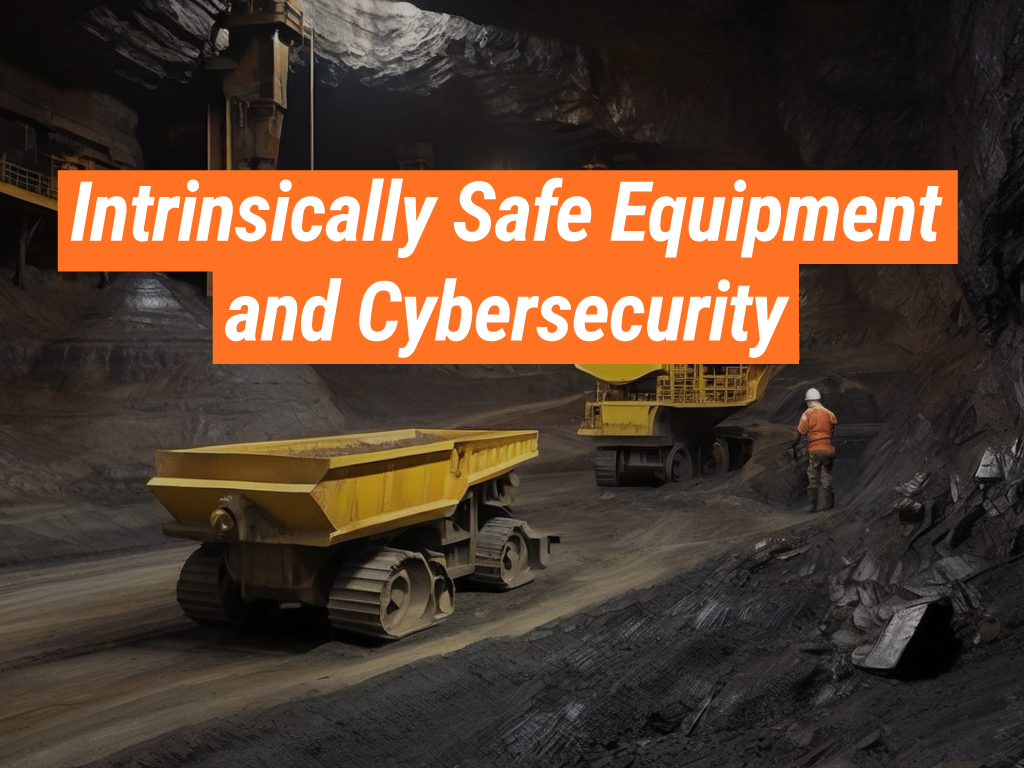As we navigate the digital age, the importance of cybersecurity in safeguarding our systems cannot be overstated. This is particularly true for Intrinsically Safe Store, a leading provider of intrinsically safe equipments. These systems are designed to prevent sparks or heat that could ignite flammable gases or dust in hazardous environments. However, as these systems become increasingly interconnected, they also become more vulnerable to cyber threats. This article explores the intersection of intrinsically safe systems and cybersecurity, highlighting the importance of robust security measures in protecting these critical systems.
The Growing Threat Landscape
As intrinsically safe systems become more sophisticated and interconnected, they also become more attractive targets for cybercriminals. These systems often control critical infrastructure, making them high-value targets for those seeking to cause disruption or damage. The potential consequences of a successful cyberattack on these systems can be catastrophic, leading to loss of life, environmental damage, and significant financial losses.
The Role of Cybersecurity in Intrinsically Safe Systems
Cybersecurity plays a crucial role in protecting intrinsically safe systems from these threats. By implementing robust security measures, organizations can safeguard their systems against unauthorized access, data breaches, and other cyber threats. These measures can include firewalls, intrusion detection systems, and encryption, among others.
Case Study: Stuxnet
One of the most infamous examples of a cyberattack on an industrial control system is the Stuxnet worm. This sophisticated piece of malware targeted the control systems of Iran’s nuclear facilities, causing significant damage and disruption. This case highlights the potential consequences of inadequate cybersecurity measures in intrinsically safe systems.
Best Practices for Securing Intrinsically Safe Systems
There are several best practices that organizations can follow to enhance the cybersecurity of their intrinsically safe systems. These include:
- Regularly updating and patching systems to fix known vulnerabilities
- Implementing strong access controls to prevent unauthorized access
- Conducting regular security audits to identify potential weaknesses
- Training staff on cybersecurity best practices and the importance of maintaining strong security measures
In conclusion, the intersection of intrinsically safe systems and cybersecurity is a critical area of focus in today’s digital age. As these systems become more interconnected, the importance of robust cybersecurity measures cannot be overstated. By implementing strong security measures and following best practices, organizations can protect their intrinsically safe systems from cyber threats, safeguarding their critical infrastructure and the communities they serve.
If you’re looking for intrinsically safe systems that prioritize cybersecurity, look no further than Intrinsically Safe Store. Our team of experts is committed to providing you with the highest quality products and services, ensuring your systems are both safe and secure. Contact us today to learn more about how we can help protect your critical systems.



